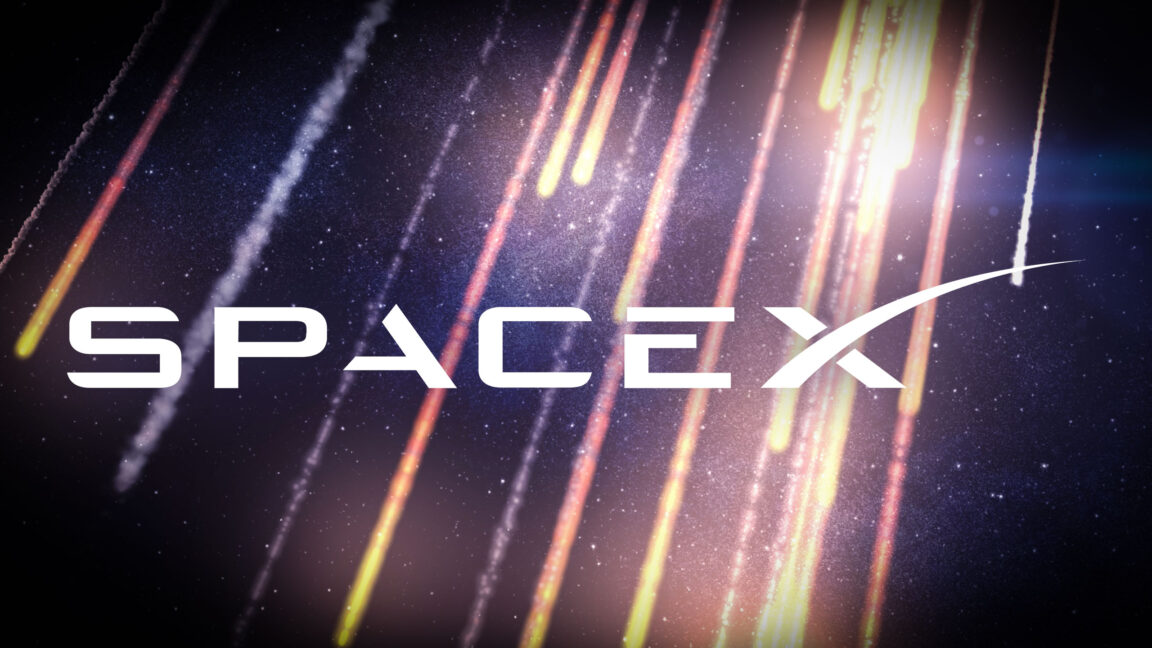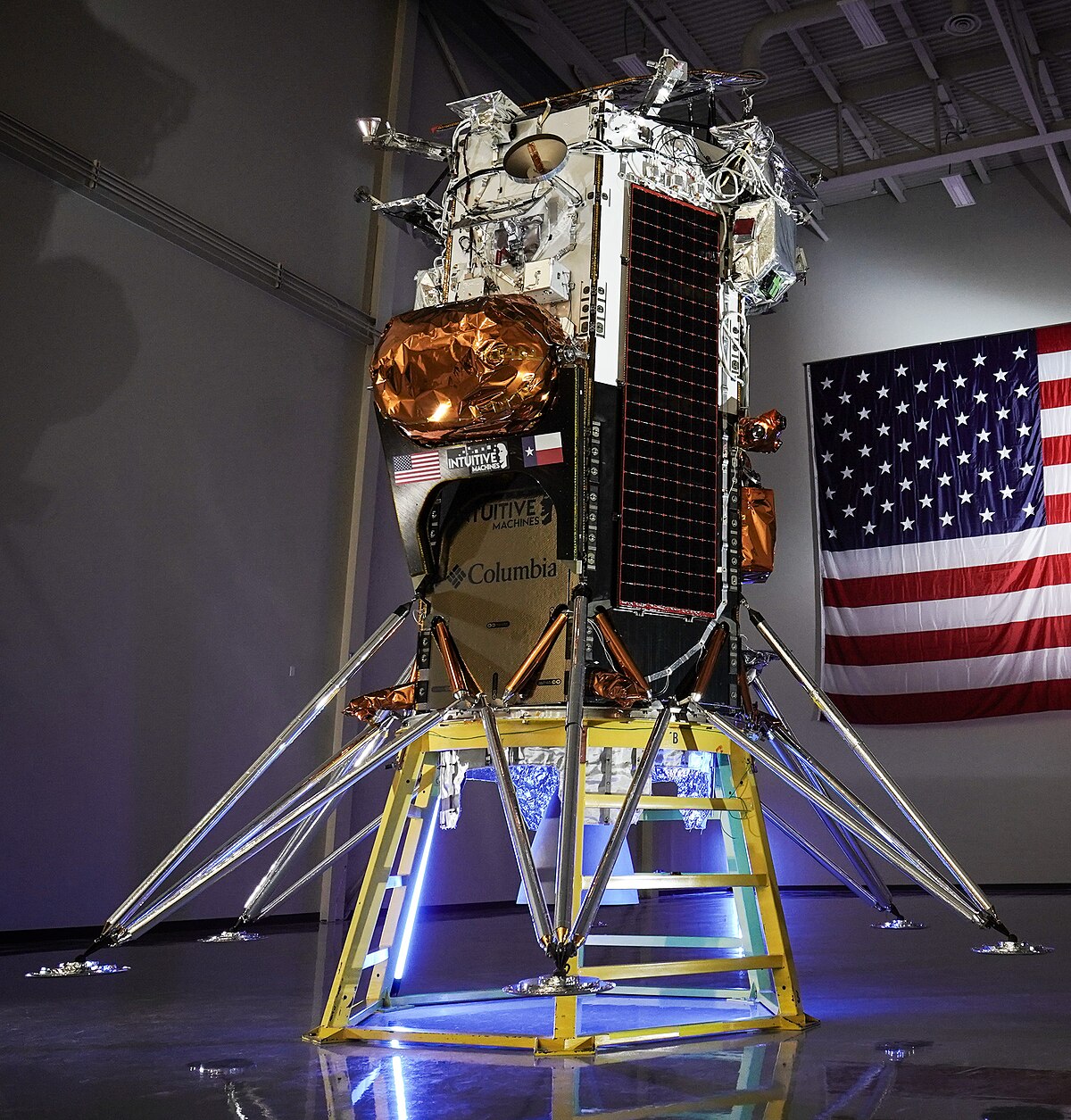The 7th Starship was the new Block 2 version that was 6 feet taller (almost 2m) than the previous versions.

 en.wikipedia.org
en.wikipedia.org
What happened?
Here is the chopstick catch which is very nice!
The super heavy booster is 303 tons (275 thousand kilograms) and 233 feet tall (71 meters)
The Statue of Liberty is 225 tons and is 151 feet tall, so the chopsticks caught something bigger than the Statue of Liberty
Statue of Liberty stands on a stone pedestal to reach 305 feet tall.
Something appeared to go wrong with Starship at 8:03 when one of the 3 little engines in the center shut off.
By 8:25 Starship seemed to be using Liquid Methane way faster than Liquid Oxygen and things went downhill rapidly.
They have to be used in equal portions for thrust.

 arstechnica.com
arstechnica.com
Turks and Caicos is an island north of Haiti.
SpaceX can't fly the rocket over Miami or Cuba, so the Carribean Islands and Turks it is!

SpaceX Starship - Wikipedia
What happened?

Here is the chopstick catch which is very nice!
The super heavy booster is 303 tons (275 thousand kilograms) and 233 feet tall (71 meters)
The Statue of Liberty is 225 tons and is 151 feet tall, so the chopsticks caught something bigger than the Statue of Liberty
Statue of Liberty stands on a stone pedestal to reach 305 feet tall.

Something appeared to go wrong with Starship at 8:03 when one of the 3 little engines in the center shut off.
By 8:25 Starship seemed to be using Liquid Methane way faster than Liquid Oxygen and things went downhill rapidly.
They have to be used in equal portions for thrust.

Fire destroys Starship on its seventh test flight, raining debris from space
The Federal Aviation Administration will likely require an investigation into the accident.
 arstechnica.com
arstechnica.com
Elon Musk, SpaceX's founder and CEO, wrote on X that early signs from data suggested there was a propellant leak in a cavity above Starship's engine firewall. The leak was large enough to build pressure in excess of the ship's vent capacity.
"Apart from obviously double-checking for leaks, we will add fire suppression to that volume and probably increase vent area," Musk wrote. "Nothing so far suggests pushing next launch past next month."
Coming into 2025, SpaceX officials hoped to launch as many as 25 Starship test flights this year to experiment with new designs, attempt a recovery of Starship from orbit, and demonstrate orbital refueling, a capability that is critical to NASA and SpaceX's plans to land astronauts on the Moon later this decade.
Turks and Caicos is an island north of Haiti.
SpaceX can't fly the rocket over Miami or Cuba, so the Carribean Islands and Turks it is!

Last edited:

 )
)




